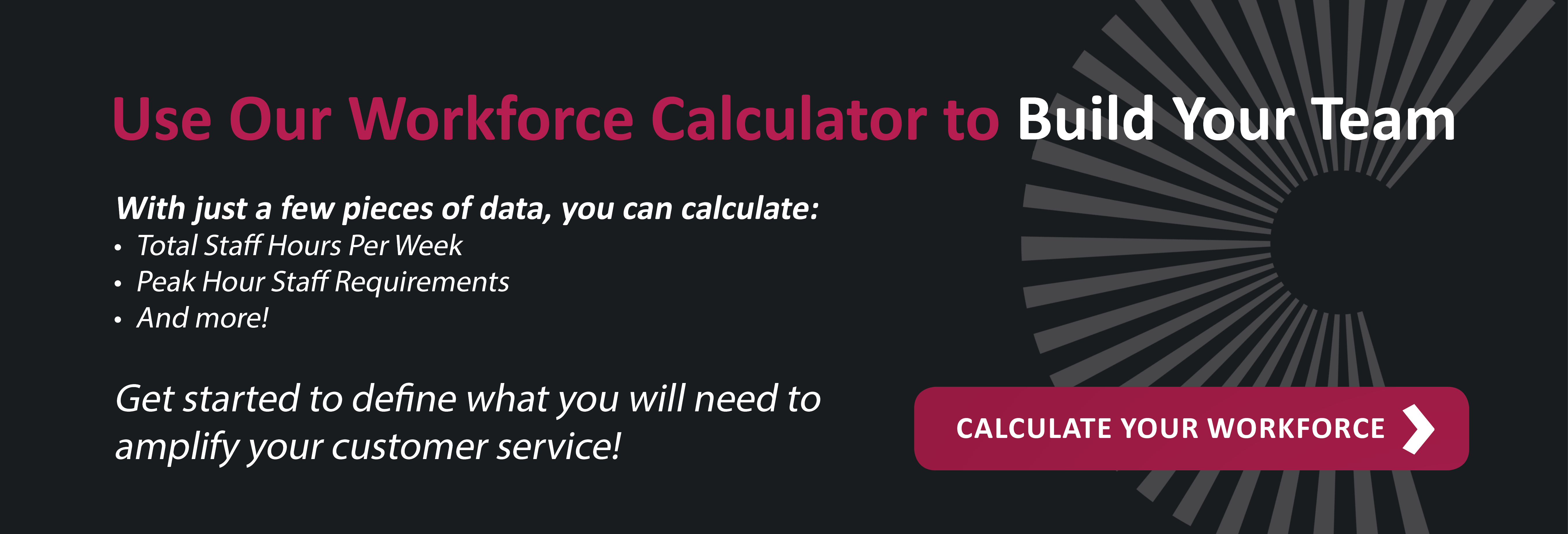Customer Satisfaction Metrics: What You Should Know About CSAT and NPS
In this day and age of cutthroat competition, it is ever more critical to provide great customer service, and to ensure that the quality of care that you provide is viewed positively by your customers.
Enter customer satisfaction measuring tools. Two of the most common customer satisfaction metrics are CSAT (short for Customer Satisfaction) and NPS (Net Promoter Score). Here is what you should know about each of them.
Understanding CSAT
CSAT measures satisfaction relative to a specific transaction or interaction. Typically, customers are asked a single question in a follow-up survey, such as:
“How would you rate your overall satisfaction with the service you received?”
Customers score their answer on a scale of 1-5, and scores are aggregated to show an overall customer satisfaction rating as a percentage from 0 to 100%. Depending on an individual’s initial response, they may be asked additional questions designed to determine their level of satisfaction (or dissatisfaction). CSAT is generally used for two purposes:
1. Using CSAT to develop a customer service baseline
Customers are surveyed after every call or customer interaction, typically through IVR, email, or SMS. The company can organize this data:
- Categorically by agent, product, or communication method
- Demographically by age, gender, or location
- By offering, based on product, service, demographics, or any combination of factors.
This provides an overall picture of how satisfied customers are with the service they receive.
2. Utilizing CSAT to track changes in customer service against corporate initiatives
Once a baseline has been established, CSAT can be utilized to measure the impact of new initiatives (training programs, policy modifications, offerings, etc.) on customer satisfaction. After an initiative is launched, CSAT scores are captured for 3-6 months. These scores are then compared to the baseline to identify any significant increases or decreases in satisfaction.
Understanding NPS
Net Promoter Score rates customer loyalty. It measures satisfaction and also gauges whether customers are likely to be:
- Avid brand promoters (loyal to your brand)
- Passives (neutral to your brand)
- Brand detractors (negative)
With NPS, customers are asked a single question: “How likely is it that you would recommend [Company] to a friend or colleague?” Customers rate their response from 1-10.
NPS is a great management tool, and it is easy to use. Because you classify each customer’s loyalty level, providing a baseline for follow-up the company can:
- Benchmark current ratings by customer, product, communication method, or industry
- Track growth against organization and industry standards, by customer and industry breakdown
- Solicit promoters for reviews
- Form focus groups to evaluate product or service offering for their target audience
- Follow-up with passives and detractors to build greater brand loyalty
- Gain insight to improve product features, benefits, and communications
To be truly effective, NPS should be measured quarterly. Deviations from the previous quarter can be reported and handled as needed, in a timely manner.
Which Measure Should You Use?
CSAT is a good tool, but it only measures customer satisfaction on one transaction or interaction at a time. It does not take into account that many mildly satisfied or dissatisfied customers tend to skip surveys, and it does not address factors that contribute to customer satisfaction such as value, quality, price, how closely the expectations of the customer are met, or how valued the customer feels at the end of the transaction. Therefore, CSAT scores can be skewed in either direction.
One Viable Method
If you utilize quarterly NPS ratings in conjunction with CSAT, you can develop a comprehensive understanding of how customers view the organization’s service. However, merely gathering data is not enough. Regardless of the metrics used, following-up with customers is key to improving or reinforcing brand perception.
At The Connection®, we make sure that your organization has an appropriate follow-up plan and process that promotes follow-up with all levels of respondents, including any specific action items that may stem from follow-up responses.



